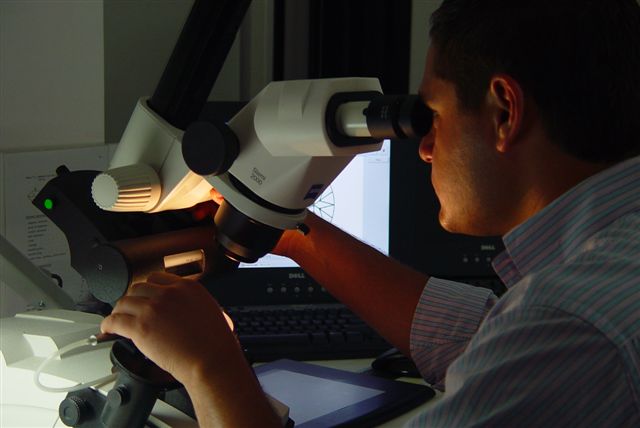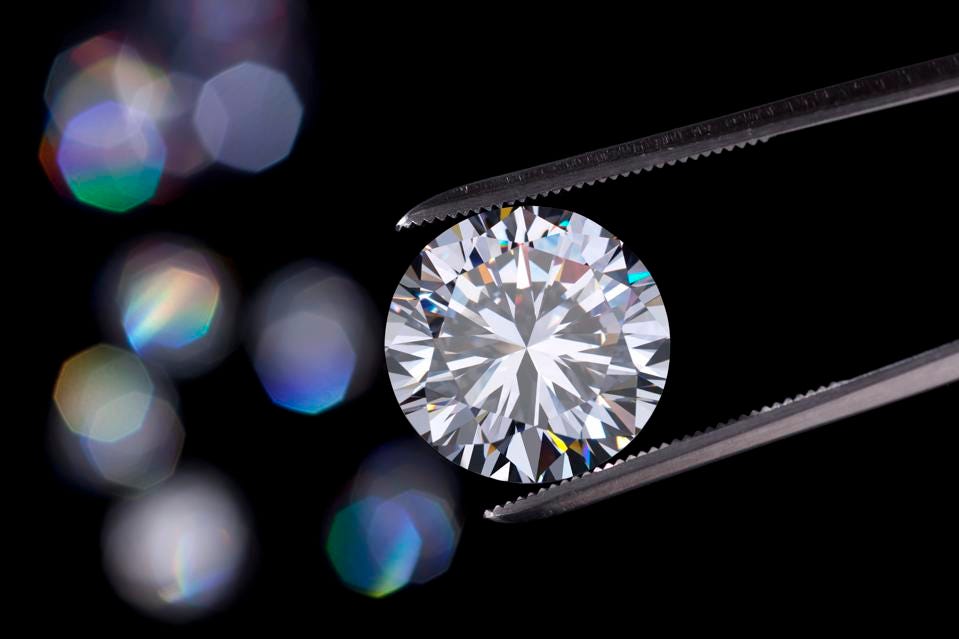The nature of diamonds is such that even a very SMALL variation in any of the 4 C’s will have a significant effect on value. To give you an idea of just how sensitive the value of a diamond is to each characteristic, here are some examples (assuming all other characteristics remain constant):
Carat: A difference of 0.1 of a carat (or 0.02 grams) can affect the value of a diamond by as much as 70%.
Colour: A diamond’s colour ranges from D to Z. However the “white” colour range is from D to I (D, E, F, G, H, I). The difference between each colour is very subtle; however a D colour diamond is around 200% more valuable than an I colour diamond. The difference between a D colour diamond and an E colour diamond(which is almost impossible to tell without a set of diamond master stones) can be as much as 40%.
Clarity: Even something as small as a pinpoint, which is only visible under a powerful microscope, can affect a diamond’s value. Each pinpoint could reduce the value of a diamond by 40%.
Cut: Round brilliant cut diamonds are more valuable per carat than other diamond shapes whereas well-made diamonds are worth more than a poorly made diamonds.
The value of the diamond represents between 80 and 95% of the value of a typical diamond ring. Therefore, it is easy to understand why the accuracy of the diamond grading report is so vital and how this knowledge is beneficial to you when you’re looking to purchase your next diamond.


